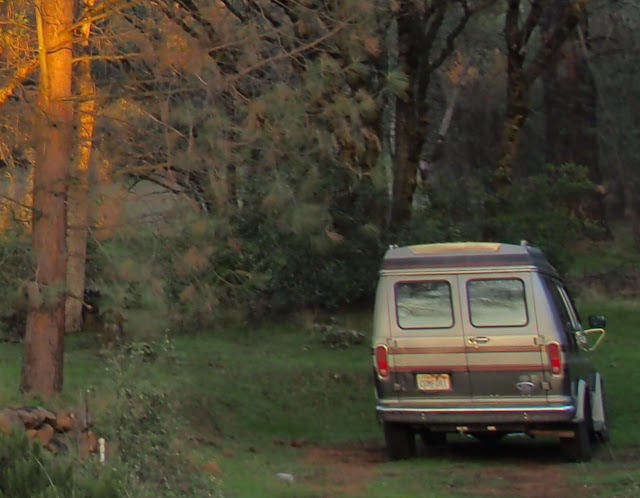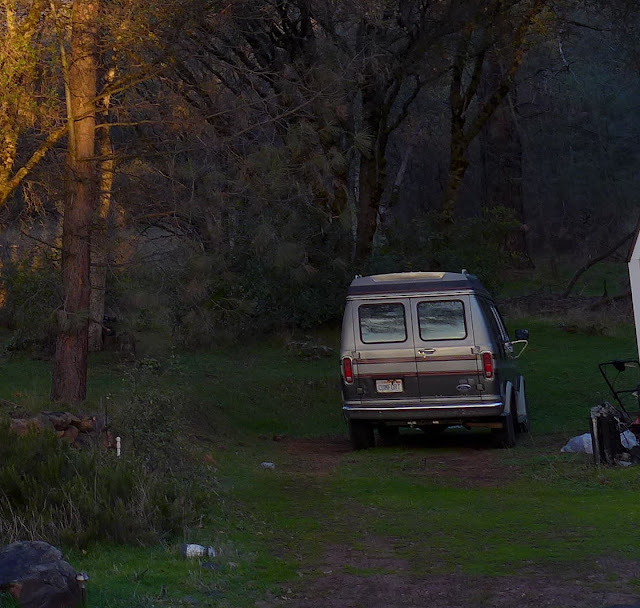 |
| Halina Paulette Electric, circa 1970 |
 |
| Nikkormat FTn, circa 1975 |
At about age 16 I graduated to my first SLR, a black Nikkormat FTn with an f2 50mm lens. Raul Casares, who among other things, did photographic work for Gulf Oil in the UK, used Nikon and recommended it. It was heavy, but well built. It was after all, a Nikon. My first lens was a Soligor 90-230mm zoom. I also borrowed my father's Sunagor 200mm telephoto from time to time.
Behold, Olympus!
 |
| Olympus OM-1n, circa 1980 |
With the announcement of the OM-2 in 1975 (I can still see the brochure - a black OM-1 on a black background, really elegant, great marketing!) Olympus began to appeal to me (and my friend David Gould) as a camera brand. It was advertised as having a 20% brighter viewfinder, and being smaller, and lighter than any of its competitors.
David bought an Olympus OM-2 in about 1978, but it wasn't until I went to Imperial in 1989 that I got mine. Actually its wasn't an OM-2 but a second-hand black OM-1n with a 50mm f1.4 for about £125. In today's money that's an astounding $1,037 (what was I thinking?). I lent it to Andy North in 1980 who left it in his (unlocked) room from where it was stolen.
So I went back to Foxes and bought another OM-1n, this one silver. That camera still I have today, so it wasn't that bad a long term investment ($103/year over it's working life). It went to the Sahara (where sand got into the lens so the focusing was a bit crunchy for many years). The light meter gave up the ghost about 15 years ago but the shutter still works
 |
| Olympus OM-2sp, circa 2000 |
I loved these cameras mostly for nostalgic reasons (Finally, 35 years on, I had my own OM2). But I hated the battery drain; even switched off, the batteries would go flat in about 3 months. Given that I was taking pictures fairly infrequently, that meant that they were almost never ready when I needed them.
Going Digital
Since then, I have made three purchases in the digital realm; a Nikon Coolpix S200 which was fantastically small but had a fairly ropy lens.
 |
| Panasonic Lumix-LX3, circa 2010 |
 |
| Panasonic Lumix-LX7, circa 2013 |
When the LX7 went on sale about 2 years ago, I sold the LX3 and bought an LX7.
The lens was a stop faster and now went to 90mm. This was a perfect zoom range for me; a good wide-angle (24mm is much wider than 28mm) to a portrait-length telephoto.
It is a really great little carry-around camera and I take it everywhere.
More Pixels
About 4 years ago I was thinking about getting a Sigma SD1 which had been rumored before its launch to be priced at just under $2,000. When it was announced, Sigma set the price at $10,000 so that was out of the question; instead I bought a second-hand Mamiya RZ67 for about $200 (and started this blog). But I still had a soft spot for Olympus and a hankering for the OM-D EM-5 which had been announced at about the same time.
Recently B&H put the original OM-D E-M5 on sale. I went to dpreview.com and scrupulously studied the reviews; I looked particularly closely at the studio scene and compared the images made with the E-M5 with a wide variety of other cameras. I used the Nikon D810 as the 'reference' image - what the best digital imaging could produce - and my trusty LX7 as the baseline.
Of the many comparisons and alternatives the E-M5 seemed, to my eyes, to hold up extraordinarily well. The amount of detail it appeared to resolve was remarkable. Finally, it seemed, this was the digital camera I'd been waiting for.
So I bought one as a birthday present. My birthday was last week and with great anticipation I opened my present and began to take some test pictures. Last Friday I decided, I'm not quite sure why, to to an A-B comparison with my LX7. Really it was just a bit of a lark to see how much better the E-M5 was than what I had been used to. That turned out to be a bit of a shock.
Breakup
These are crops from files taken with the OM-D and the LX7. It was dusk and the sun was setting.

The image above is the OM-D E-M5.

This is the same scene taken at the same time with the LX7.
These speak for themselves I think (If you click on each you can see a slightly larger version). The OM-D looks like someone has taken the Photoshop smudge tool to it - the pine needles have all been smeared into an amorphous green mass and the bark on the trees has no texture. The LX7 on the other hand preserves more detail despite being a smaller file.
B&H were of no help; reset all the camera settings to the factory defaults was their best advice (I shouldn't be surprised - it’s a high volume operation). Anyway, I did that but the results were no better. So my love-affair with Olympus came to an abrupt end. The camera was RMAd and sent back yesterday.
I had, at one point, thought about using my old OM series lenses on the OM-D but the micro 4/3 sensor made that awkward - my OM 24mm f2.8 would be an f5.6 standard prime and I'd have no wide-angle. That, combined with the outrageous cost of the adapter ($152), made this a bit of a non-starter. Since Olympus looks committed to the micro 4/3 format and unlikely to produce a full frame camera, any hope of using the old lenses looks forlorn.
Along the way, for no good reason, I'd bought a Nikon F5 - the company's last professional film camera. The lens (Nikon AF-S NIKKOR 24-85mm f/3.5-4.5G ED VR) I found reconditioned for about $350. It isn't professional grade, but DXOmark gave it pretty good rating compared to say the Sony FE Carl Zeiss Vario-Tessar T* 24-70mm F4 ZA OSS which costs about $1,200. The professional grade Nikon AF-S NIKKOR 24-70mm f/2.8E ED VR is faster and sharper, but at $2,400, is almost seven times what I paid for the 'kit' lens and until I win the lottery, unaffordable. (Of course there is the Tamron SP 24-70mm f2.8 which according to DXOmark is better than the equivalent Nikon and half the price, but it’s still outside my budget for the moment).
So my plan is to sell all my Olympus equipment (except perhaps the 1980 OM-1n) and eventually get something to use with the Nikkor 24-85mm, probably a second-hand or reconditioned D610 or D810. Since I don't have to buy a lens, that would be cheaper than a Sony A7R with the Vario-Tessar T* 24-70mm lensl; and it's a Nikon so built like a tank.
But that's some way off. This was about my breakup with Olympus. It's been a 40 year relationship but now it's over. And another valuable lesson learned was not to trust dpreview.com's reviews alone. Perhaps they mislabelled the file, but their test look very different from what I found. There is, ultimately, no substitute for shooting ones own test images.
No comments:
Post a Comment